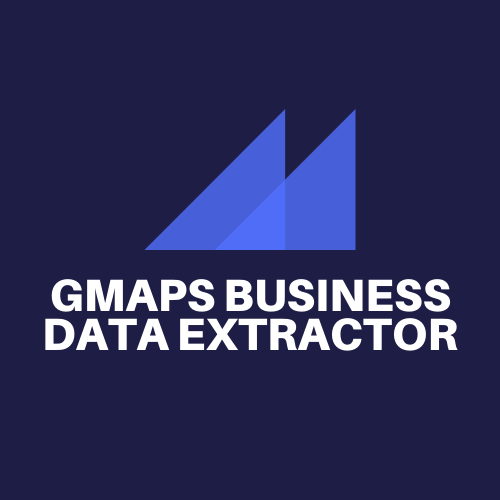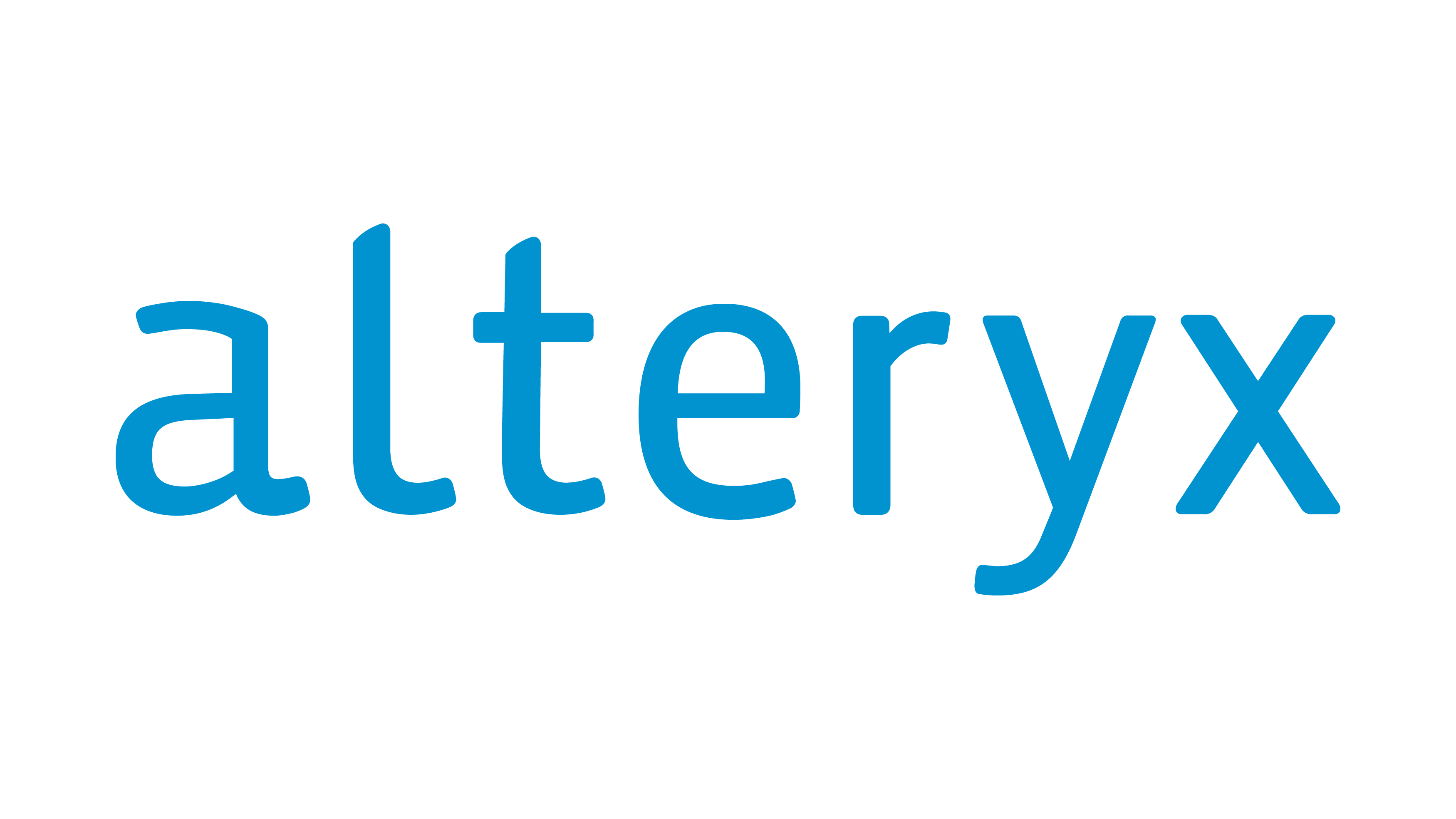What Are The Recent Trends In Data Mining Tools?
The ever-increasing demand for data analysis and technological improvements have led to a considerable evolution in recent trends in data mining technologies. Businesses may now more easily extract important insights from their data thanks to the development of sophisticated and user-friendly data mining technologies, which range from traditional statistical models to contemporary machine learning algorithms. We will go over the main data mining tool trends in this buyer's guide, which buyers should take into account before making a purchase.
1. Combining Machine Learning (ML) And Artificial Intelligence (AI): The combination of AI and ML algorithms is one of the most important developments in data mining technologies. These technological advancements enable data mining programs to not only analyze vast amounts of data but also spot trends and generate very accurate forecasts. Several phases of data mining, including data cleaning, preprocessing, and analysis, are utilizing AI and ML to increase efficiency and reduce processing time.
2. Solutions Based On The Cloud Data: Mining tool development has also been impacted by the growth of cloud computing. Data mining tools are following suit as more businesses shift their operations to the cloud. These tools offer cloud-based solutions that give users the freedom to access and analyze data at any time and from any location. Additionally, cloud-based data mining tools are affordable and scalable, which makes them a desirable choice for companies of all sizes.
3. NLP: Natural language processing Another trend that is transforming the data mining sector is natural language processing. Analyzing unstructured data, including text, audio, and video, is made simpler by NLP, which enables data mining systems to interpret and comprehend human language. Businesses can gain a deeper knowledge of customer opinions and feedback by utilizing this technology, which is particularly helpful for sentiment analysis, social media analysis, and text mining.
4. Visualization Of Data: These days, data visualization is a must for any data mining tool. Businesses are gaining insights and communicating their findings more effectively thanks to data mining tools, which can transform complex data into easily understood graphics like charts, graphs, and maps. Additionally, users may delve deeper into the data and uncover fresh trends and patterns thanks to interactive visualizations.
5. Software That Is Open-Source: Data mining technologies are now just as popular as open-source software. Nowadays, a lot of businesses make their data mining tools available as open-source, giving customers more choices and the freedom to alter the program to suit their own requirements. Another well-known feature of open-source data mining technologies is their strong community support and affordable price.
Benefits Of Using Data Mining Tools
For companies of all sizes and sectors, data mining technologies are essential because they enable them to interpret vast volumes of data and derive insightful information. These tools identify patterns, trends, and links in data using sophisticated algorithms and methodologies, enabling users to make well-informed business decisions. The following are some of the main advantages of implementing data mining tools in your company:
1. Better Decision-Making: You may swiftly and precisely extract pertinent information from big datasets by using data mining techniques. This enables you to make informed decisions based on facts rather than conjecture or gut feeling. Better business results and a competitive advantage may result from this.
2. Improved Customer Targeting And Personalization: Data mining techniques can assist companies in more precisely focusing their marketing efforts by examining consumer behavior and preferences. This enhances overall customer satisfaction and retention by enabling tailored messages and offers that are more likely to connect with consumers.
3. Enhanced Productivity And Cost Savings: Data mining tools can automate and optimize a number of data analysis procedures, saving businesses money and time. Because it eliminates the need for manual labor and frees up staff members to work on other valuable projects, this can also result in cost savings.
4. Finding Patterns And Trends: Finding patterns and trends in data is one of the main purposes of data mining technologies. Businesses can use this to detect possible fraud, predict changes in the market, and find areas for expansion or improvement.
5. Improved Risk Management: Data mining technologies can assist in identifying possible dangers and irregularities in corporate processes by examining previous data. To avoid possible losses, this can help with risk mitigation and better decision-making.
6. Increased Operational Efficiency: By discovering inefficiencies and bottlenecks, data mining tools can assist companies in streamlining their processes. This may result in more efficient procedures, higher output, and better performance all around.
7. Competitive Advantage: By using data mining technologies, companies can obtain insights and make choices more quickly and accurately than their rivals, giving them a competitive edge. Better industry placement and a larger market share may result from this.
What Are The Key Features To Look For In Data Mining Tools?
It is crucial to take into account the fundamental characteristics that can propel effective data analysis and decision-making while looking for data mining solutions to assist your business demands. With so many options on the market, it might be difficult to decide which features are necessary for the particular needs of your company. The following are the most important characteristics to look for in data mining tools to aid in your decision process:
1. Data Preparation And Integration Capabilities: For data mining to be successful, data must be accurate and of high quality. To make sure your data is clear, consistent, and cohesive, look for tools that provide data preparation and integration features. You can save a great deal of time and effort by using these tools to easily access and integrate data from multiple sources.
2. Variety Of Data Mining Techniques: To mention a few, a strong data mining tool should provide a range of techniques, including association analysis, regression, classification, and clustering. These methods enable you to investigate trends and connections in your data, offering insightful information for improved decision-making.
3. Scalability: Your data expands along with your business. Choosing a platform that can manage big and complicated datasets is essential if you want your data mining operations to scale with ease. To effectively handle big data, look for solutions that have parallel and distributed processing capabilities.
4. Visualization And Reporting: The goal of data mining is to rapidly and simply make sense of your data. By displaying your data in interactive and graphical formats, visualization and reporting tools assist you in doing this and make it simpler to quickly comprehend intricate patterns and trends.
5. Machine Learning: You may greatly improve the precision and speed of your data analysis by using a data mining tool that integrates machine learning features. These features help firms spot opportunities or risks more quickly by using algorithms to learn from data and automatically discover patterns or make predictions.
6. Ease Of Use: When choosing a data mining tool, an intuitive user interface is essential. Make sure the product is usable and appropriate for the degree of expertise on your team by looking for features like drag and drop capabilities, dashboard customization, and easy-to-use navigation. In conclusion, to make sure the tool can satisfy your business goals, keep these important characteristics in mind when looking for data mining solutions. Understanding your requirements, evaluating these features, and selecting a tool that aligns with your business goals will enable you to make the most of your data mining efforts and drive success for your organization.
Which Industries Can Benefit The Most From Data Mining Tools?
When deciding which data mining technologies could be best for your company, it's critical to comprehend the unique requirements and difficulties of your target audience. Although data mining provides insightful information for practically any company, some sectors can gain a great deal from using these technologies.
1. Retail Sector: The retail sector can use data mining techniques to examine consumer purchasing trends, inclinations, and actions. Tracking customer patterns, optimizing inventory levels, and developing customized marketing efforts are all possible with this data. Additionally, by identifying questionable transactions or patterns, data mining can assist shops in identifying and preventing fraud.
2. Healthcare Industry: The healthcare sector can gain a lot from data mining technologies due to the rise in patient data and electronic health records. Predicting patient outcomes, identifying possible health hazards, and enhancing the general efficacy and efficiency of medical treatments are all made possible by these techniques. Additionally, data mining can help optimize healthcare expenses and detect and stop fraudulent activity.
3. Finance Industry: The finance sector regularly works with vast volumes of data, which makes data mining an important tool for spotting patterns and trends. By examining consumer behavior, industry trends, and possible fraud, these tools can assist financial institutions in enhancing risk management. Additionally, data mining can help find new growth prospects and optimize investment tactics.
4. E-commerce Sector: Data mining is crucial to the e-commerce sector's comprehension of consumer preferences and behavior. Businesses may improve the overall customer experience, tailor marketing campaigns, and make targeted recommendations by evaluating consumer data. Data mining can also be used by e-commerce companies to forecast future demand patterns and optimize their supply networks.
5. Marketing Sector: To detect and comprehend consumer behavior, the marketing sector relies heavily on data mining methods. Marketers may learn more about target demographics, buying trends, and consumer preferences by being able to evaluate big data sets. Brand loyalty can then be increased and more successful marketing efforts can be made with this knowledge.
Conclusion
To sum up, every business hoping to obtain insights and make defensible decisions based on its data must invest in the appropriate data mining technology. It is crucial to take into account elements like the tool's features and capabilities, convenience of use, and the kind of data it can handle. Furthermore, it's critical to comprehend the particular requirements and objectives of the company and select a solution that supports them.
Making an informed purchase selection can also be aided by taking into account elements like price, scalability, and support services. It's also critical to remember that the organization's use of the data mining tool determines its capabilities and efficacy. Thus, the tool's full potential can be realized by giving users the right training and assistance.
In the end, organizations can select a data mining tool that best suits their requirements and aids in achieving their goals by carefully weighing all the variables and investing the necessary time to investigate and contrast various choices. Organizations may maximize the potential of their data and obtain a competitive edge in the market by utilizing the appropriate tool.






















